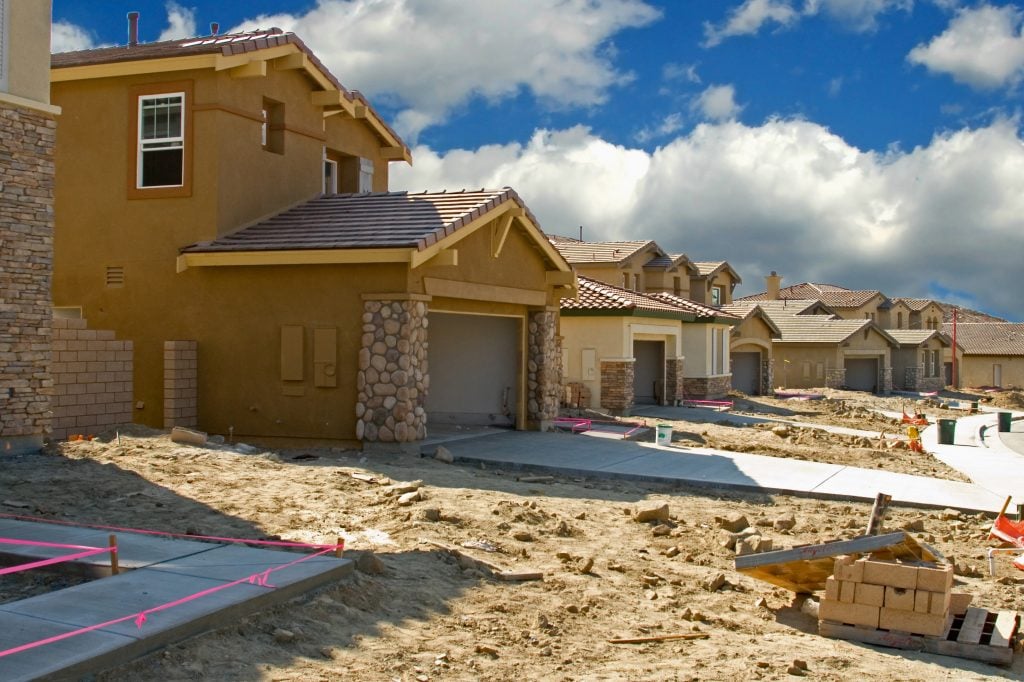Like many things in this world, the real estate market is constantly changing. Amid an overall economic slowdown, new technology, shifting demographics, different cultural imperatives and new markets are all helping to keep the real estate market fresh and vital.

In the US, home buying overall dropped off in late 2018 after a strong start to the year. We may well be entering a necessary corrective period after several years of low interest rates and steady growth, and the real estate sector will have to weather that. At the same time the traditional retail sector is shrinking so there is less demand for storefront properties. There is a shortage of labor in the construction industry meaning that less building work is being undertaken. Looking at the wider economy, productivity levels are fairly stagnant.
Changing patterns
As stated above other trends are emerging which makes the overall outlook more optimistic. Smaller cities and their suburbs have emerged as important new markets. Urban renewal is making those areas more attractive. Downtown areas are being transformed into funky, hip environments drawing millennials and even post-millennials to live, work and socialize there.
Their slightly older counterparts meanwhile are buying suburban properties and starting to settle down. Master-planned residential communities like Cranston in south-eastern Calgary are becoming popular. You might wonder however - why buy a home in Cranston? The district has its own schools and easy access to neighboring resources and amenities, while Cranston residents have exclusive access to the Century Hall recreation facility.
Back to the suburbs
The average age of home buyers has certainly risen, as young people live at home for longer, rent for longer, and put off starting families until later. However, the nest-building instinct is still strong, and single family homes in outlying areas with good transport links and amenities, especially high-ranking schools, remain very much in demand.
In 2016 and 2017 over 2.6m Americans per year moved from the principal cities of metropolitan areas to the suburbs. People are also moving from expensive states like California to more affordable parts of the continent.
Improved amenities
At the upper end of the scale there is still fierce competition among those selling or leasing out luxury apartments. The owners of apartment blocks are outdoing each other in terms of the amenities that are included in the building for the exclusive use of residents. Gyms, hairdressers and communal gardens are now expected as standard, so owners hoping to tempt clients with something special are now adding in cinemas, spas and co-working spaces for those running their own small businesses from home.
The impact of technology
The rise of the internet of things is also leading to demand for cutting-edge 'smart homes' where everything from security to cooking facilities and laundry can be monitored and controlled from a smartphone, or even set up to manage itself. Real estate is similarly responding to the need to be green, and property is being built or renovated with sustainability and energy efficiency in mind. These features are becoming more central to building design and real estate management, in order to meet both government legislation and client expectation.
The actual mechanics of buying and selling property are also being impacted by new technology. New online portals and platforms for real estate sales are appearing, and although none of these have yet had a majorly disruptive effect on traditional business methods or agents - other than causing them to adapt to the challenge - it is perhaps only a matter of time before the real estate equivalent of an Uber or Airbnb hits the real estate business and changes the way it operates in significant ways.
Already, the use of algorithm-driven analysis and machine learning in market research is changing real estate. Artificial intelligence now has an accepted role in building management and design. More automated transactions are being made using financial technology (fintech) that allows for far greater efficiency and transparency.
As demand for retail premises declines so the need for more warehousing and storage spaces increases. The reason for both of these trends is the switch to online shopping and the growing demand for next-day delivery. This means more warehouses are needed, not just on city outskirts but also closer to densely residential areas, so that goods can be shipped out immediately with minimal traffic congestion, and also easily returned if no-one is there to receive them. Such last mile warehousing will need to be factored in to future large-scale residential developments.
Real estate will continue to stay fresh in the face of a changing environment and will continue to meet the needs of buyers and residents. Adaptability, resilience and awareness are key words for 2019 and ones that will keep the real estate market lively and thriving.